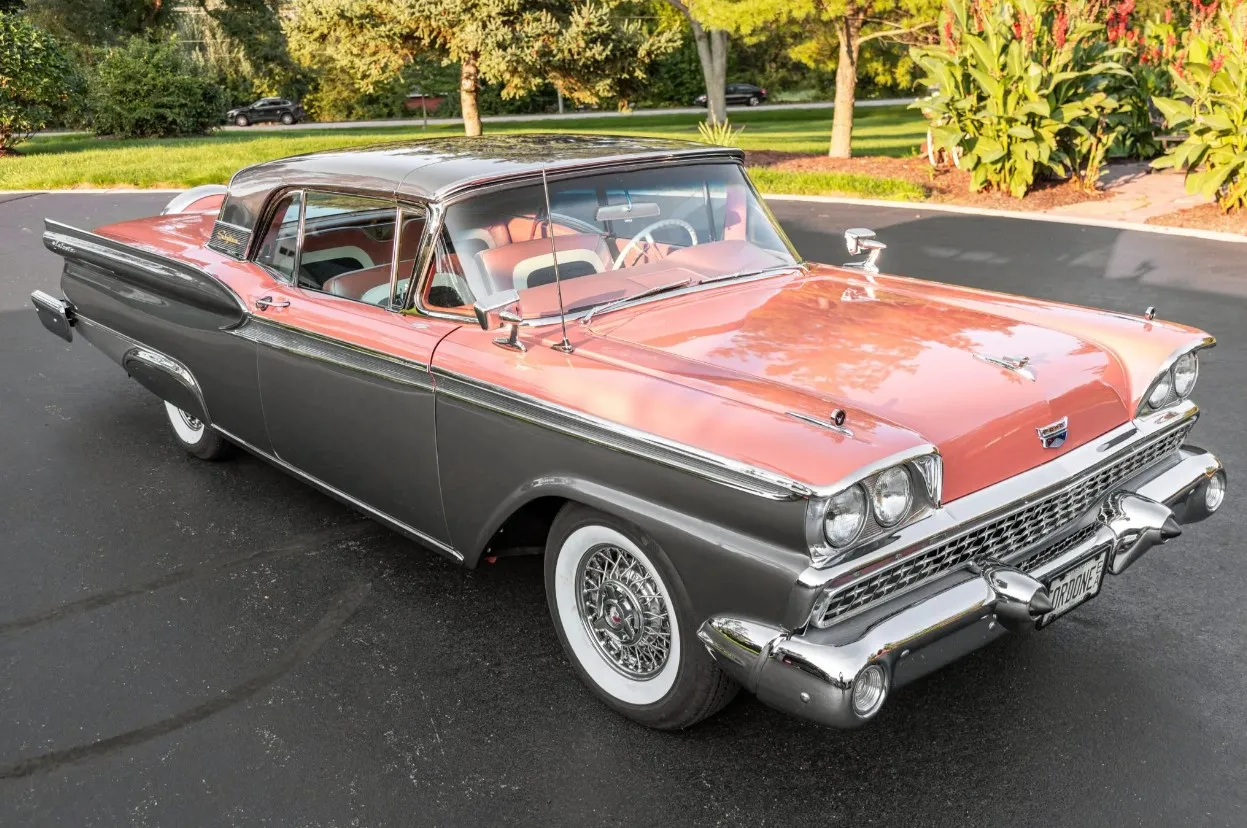In the annals of automotive history, certain cars stand out as timeless icons of elegance and design. The 1962 Lincoln Continental is undoubtedly one such vehicle, representing an era when automotive luxury was synonymous with style and sophistication. This classic automobile, with its distinctive design and innovative features, has left an indelible mark on the automotive landscape.

Design Excellence

The 1962 Lincoln Continental is celebrated for its clean, uncluttered lines and a sense of understated luxury that set it apart from its contemporaries. Designed by Elwood Engel, the car featured a slab-sided design with a prominent front grille and a horizontally elongated silhouette. The signature design element, however, was the iconic rear-hinged "suicide" doors, adding a touch of drama to the car's overall aesthetic.
The Continental's design was a departure from the excessive ornamentation of the 1950s, reflecting a shift towards a more modern and streamlined look. The restrained use of chrome and the absence of tailfins contributed to a sophisticated appearance that has stood the test of time.
Luxury Interior

The 1962 Lincoln Continental's interior epitomized opulence and comfort. The cabin exuded an air of luxury with plush leather upholstery, meticulously crafted wood accents, and a tasteful integration of chrome details. The dashboard featured a clean and uncluttered layout, showcasing a blend of analog elegance with intuitive controls.
The spaciousness of the interior was accentuated by the absence of a center B-pillar, creating an open and inviting atmosphere. Innovative for its time, amenities included power-operated windows, a refined instrument cluster, and thoughtful attention to acoustics, ensuring a serene environment for passengers. The interior of the 1962 Lincoln Continental epitomized a harmonious marriage of style and substance.
Innovative Engineering

Under the hood, the 1962 Lincoln Continental boasted a powerful 7.0-liter V8 engine, providing ample power for a smooth and refined driving experience. The engineering prowess extended to its suspension system, which featured a four-wheel independent suspension—a rarity in American cars of that era. This innovative approach to engineering contributed to the car's exceptional ride comfort and handling.
The attention to detail in the engineering of the 1962 Lincoln Continental was a testament to the commitment to luxury and performance. It was a car designed not just to transport its occupants but to do so with a level of refinement and grace that set it apart in the competitive luxury car market.
Cultural Impact

Beyond its engineering and design, the 1962 Lincoln Continental left an indelible mark on popular culture. It became an emblem of success and sophistication, favored by celebrities, business magnates, and even the President of the United States. The Continental's appearance in films and television further solidified its status as a symbol of luxury and prestige.
Perhaps one of the most notable instances of the 1962 Lincoln Continental in popular culture was its association with the Kennedy family. President John F. Kennedy was often seen riding in a specially modified Lincoln Continental limousine, showcasing the car's connection to power and influence.
Legacy and Collectibility

Today, the 1962 Lincoln Continental enjoys a status as a highly sought-after classic car. Enthusiasts and collectors appreciate its timeless design and the engineering innovations that made it a standout in its era. Restored examples of the Continental fetch a premium in the collector's market, a testament to its enduring appeal.
As automotive design trends come and go, the 1962 Lincoln Continental remains a beacon of timeless elegance. Its influence can be seen in subsequent generations of luxury cars, as designers continue to draw inspiration from its clean lines and classic proportions.
Conclusion

The 1962 Lincoln Continental stands as a testament to an era when American luxury automobiles were at the zenith of style and sophistication. Its design, engineering, and cultural impact have secured its place as an automotive icon. The Continental remains more than a classic car; it is a symbol of an era defined by elegance, innovation, and an unwavering commitment to luxury.


